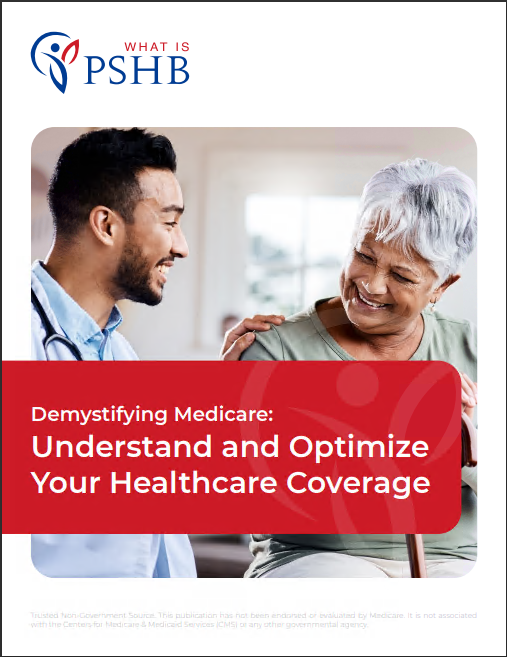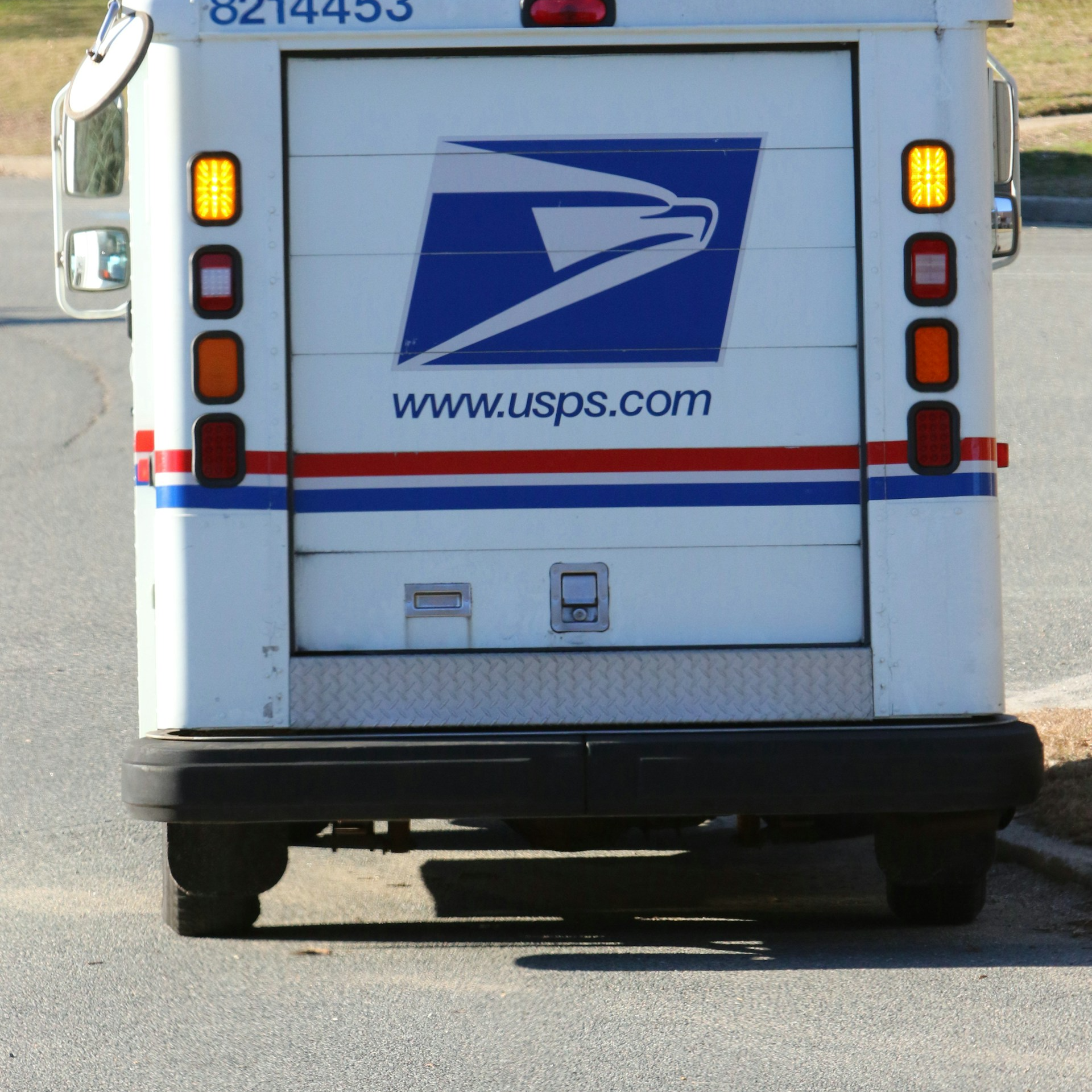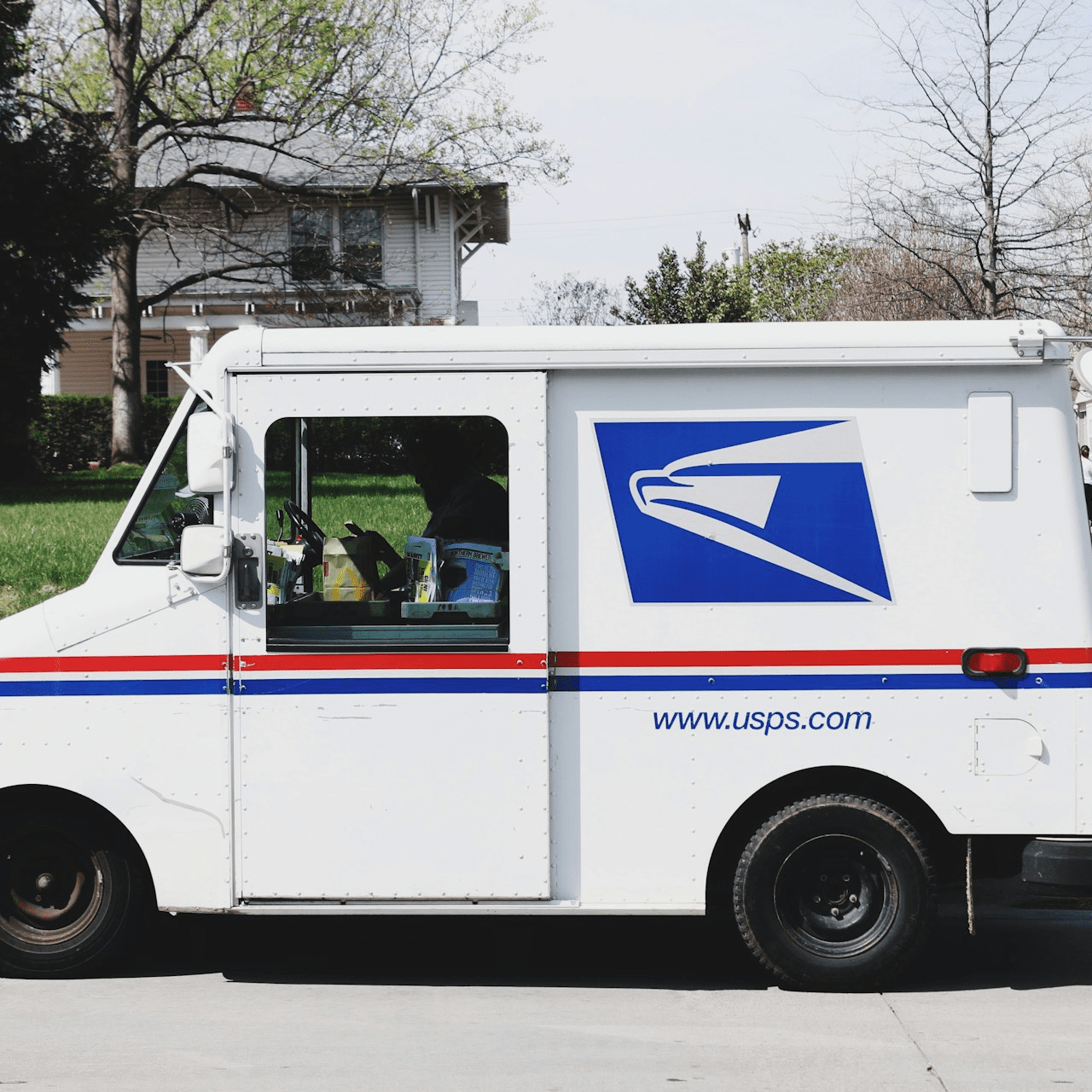Key Takeaways:
-
Understanding the new PSHB system and its integration with Medicare is crucial for USPS employees and retirees in 2025.
-
Key benefits like prescription drug coverage, enrollment timelines, and cost-saving opportunities can impact your healthcare decisions.
Navigating the New PSHB System for USPS Employees
The Postal Service Health Benefits (PSHB) program has officially replaced the Federal Employees Health Benefits (FEHB) system in 2025. This transition affects all USPS employees, retirees, and their families, making it essential to familiarize yourself with the program’s changes. Here’s a breakdown of what you need to know to make informed decisions about your health coverage.
What is the PSHB Program?
The PSHB program is designed specifically for USPS employees and retirees, offering tailored health benefits. This system streamlines healthcare options while integrating closely with Medicare for those who qualify. Unlike FEHB, PSHB ensures a dedicated focus on the needs of postal workers, aiming to reduce costs and enhance benefits for enrollees. It’s important to note that PSHB offers coverage across various plan types, giving you flexibility based on your unique healthcare needs.
Through the integration of Medicare, PSHB enhances coordination and eliminates unnecessary overlaps in coverage. This collaboration allows USPS employees and retirees to access services efficiently, reducing administrative burdens and improving overall user experience.
Enrollment Guidelines and Deadlines
Understanding the enrollment process is critical to maintaining continuous coverage. The PSHB open season for 2025 ran from November 11 to December 13, 2024, and any changes or new enrollments made during this period became effective on January 1, 2025. Moving forward, open seasons will occur annually during similar timeframes, typically from mid-November to mid-December.
Special Enrollment Periods (SEPs)
Outside of the open season, you can only make changes to your PSHB coverage during qualifying life events (QLEs). These events include:
-
Marriage or divorce
-
Birth or adoption of a child
-
Loss of other health insurance
If a QLE occurs, you must act promptly to ensure timely adjustments to your plan. Missing deadlines related to QLEs can lead to lapses in coverage or unforeseen costs, so it’s vital to stay proactive and informed about these rules.
Medicare Part B Requirements for PSHB Members
One of the most significant changes under PSHB is the requirement for Medicare-eligible members to enroll in Medicare Part B. This integration aims to optimize healthcare coverage and reduce out-of-pocket expenses. Here’s what you should know:
-
Who Needs to Enroll? If you are a Medicare-eligible annuitant or a family member of an annuitant, you must enroll in Medicare Part B to maintain PSHB coverage.
-
Exemptions: Retirees who left service on or before January 1, 2025, and employees aged 64 or older as of January 1, 2025, are not required to enroll in Part B.
For those required to enroll, the standard Medicare Part B premium in 2025 is $185 per month. Failure to enroll may result in loss of PSHB coverage or additional penalties. Coordination between PSHB and Medicare ensures that you receive comprehensive care, often at reduced costs compared to standalone plans.
Enhanced Prescription Drug Coverage
All PSHB enrollees eligible for Medicare automatically receive prescription drug coverage through a Medicare Part D Employer Group Waiver Plan (EGWP). This coverage eliminates the Medicare Part D coverage gap, commonly known as the “donut hole,” and provides financial relief for high-cost medications.
Out-of-Pocket Cap
One of the most significant improvements for 2025 is the introduction of a $2,000 cap on out-of-pocket prescription drug costs. This cap ensures predictable and manageable costs for those with chronic or high medication needs. By capping expenses, the program removes financial barriers that previously discouraged many from accessing necessary prescriptions.
Payment Flexibility
The Medicare Prescription Payment Plan allows you to spread out-of-pocket drug costs over monthly installments, reducing financial strain. This option is particularly beneficial for retirees on fixed incomes, allowing them to budget effectively without compromising on essential medications.
Understanding Costs and Coverage
Premium Contributions
While the USPS continues to contribute a substantial amount toward premiums, you will still be responsible for your share. Review your plan details to understand your premium contributions and out-of-pocket responsibilities. PSHB plans vary based on family size, coverage type, and regional factors, making it crucial to compare options carefully.
Coinsurance and Deductibles
The 2025 PSHB plans include standardized cost-sharing features:
-
Hospital Stays: Coinsurance rates for inpatient hospital care under Medicare Part A are $419 per day for days 61-90 and $838 for lifetime reserve days.
-
Skilled Nursing Facilities: Coinsurance is $209.50 per day for days 21-100.
Knowing these costs upfront helps you budget effectively for potential healthcare expenses. Take the time to assess how these deductibles and coinsurance align with your medical needs and anticipated healthcare usage.
Benefits of Coordinating PSHB with Medicare
Combining PSHB with Medicare offers several advantages, especially for retirees and their families:
-
Reduced Costs: Medicare integration often lowers overall expenses by covering costs that PSHB alone might not.
-
Enhanced Benefits: Many PSHB plans waive deductibles or offer partial reimbursement for Medicare Part B premiums.
-
Comprehensive Coverage: Together, PSHB and Medicare provide seamless coverage for hospital stays, outpatient care, and prescription drugs.
Coordination also reduces redundancy, ensuring you’re not paying twice for overlapping services. Additionally, using providers within your plan’s network can further lower your costs while maintaining access to high-quality care.
Staying Informed About Changes
Annual changes to your plan can significantly impact your benefits and costs. Each year, you’ll receive an Annual Notice of Change (ANOC) letter detailing updates to your coverage, premiums, and cost-sharing requirements. Be sure to review this letter carefully to avoid surprises.
Key areas to focus on include changes in:
-
Deductibles and copayments
-
Covered medications
-
Provider networks
Staying proactive by understanding these adjustments allows you to adapt quickly and minimize disruptions in your care.
Making the Most of Supplemental Benefits
PSHB plans often include additional perks like dental, vision, and hearing coverage. Take advantage of these benefits to address all your healthcare needs comprehensively. Ensure you understand the scope and limitations of these supplemental benefits to maximize their value. Many plans also offer wellness programs, such as fitness discounts or preventative care incentives, which can help improve overall health and reduce long-term medical costs.
How to Access Plan Information
The Office of Personnel Management (OPM) provides detailed plan comparisons, premium rates, and coverage summaries for all PSHB plans. Use these resources to:
-
Compare available plans
-
Evaluate costs and benefits
-
Select a plan that aligns with your healthcare needs and financial situation
Online tools and customer service helplines can further assist you in navigating plan options. Taking the time to thoroughly review these resources ensures that you make informed decisions based on accurate and up-to-date information.
Key Considerations for Retirees
If you’re retired, your healthcare needs may differ from those of active employees. Consider the following:
-
Medicare Coordination: Ensure your PSHB plan works well with your Medicare coverage.
-
Prescription Needs: Evaluate the prescription drug benefits, especially the out-of-pocket cap.
-
Access to Care: Confirm that your preferred doctors and facilities are within your plan’s network.
Additionally, retirees should plan for potential future healthcare needs, such as long-term care or specialized treatments, and verify how PSHB accommodates these scenarios.
Tips for Navigating PSHB Enrollment
-
Start Early: Don’t wait until the last minute to review plan options and costs.
-
Utilize Tools: Use online comparison tools provided by OPM to simplify your decision-making process.
-
Seek Assistance: If you’re unsure about your options, reach out to your HR representative or a benefits counselor.
-
Review Past Expenses: Look at your previous healthcare costs to identify trends and anticipate future needs.
Avoiding Common Pitfalls
To ensure a smooth experience with PSHB:
-
Don’t Ignore Deadlines: Missing enrollment deadlines can lead to coverage gaps.
-
Double-Check Eligibility: Verify eligibility requirements for yourself and your family members.
-
Understand Penalties: Be aware of penalties for failing to enroll in Medicare Part B if required.
Avoiding these pitfalls ensures uninterrupted coverage and prevents unnecessary expenses or penalties.
Planning Your Health Benefits for the Future
The transition to the PSHB program marks a significant shift for USPS employees and retirees, offering tailored benefits and cost-saving opportunities. By understanding the program’s features, enrollment timelines, and integration with Medicare, you can make informed decisions that support your health and financial well-being. Taking full advantage of the resources and benefits available will ensure you’re prepared for any healthcare challenges that may arise.










